PT | EN
DEVIATIONS AND MISPLACEMENTS 5
Collective of Singular Art
Cruzes Canhoto presents the fifth edition of “Desvios e Extravios” (Deviations and Misplacements), a collective exhibition of singular art.
On display are works by artists Sátrapa, Martinho, Idalécio, João Fróis, Eme, Isaac and Miguel Pipa.
With very different styles and techniques, they are all self-taught with an extraordinary ability to surprise us with their unusual visions of reality.
Sátrapa appears in late 2013, as an alter ego that arises from a combination of factors that lead him to create the Factoría de Androides, a space where his extraordinary creations are born spontaneously, in a therapeutic exercise of alienation, fiction and fantasy.
Idalécio is an outsider artist, born in 1952, in a small village in Aveiro district. Pop and populist, surreal and tropicalist, he is strongly inspired by the Portuguese folk art, of which he is a great collector.
João Fróis, comes from Lourenço Marques (currently Maputo), where he was born in 1949. The psychedelic and surrealistic drawings, impregnated with African motifs, that make up his work are created on sheets of ordinary notebooks or pieces of cardboard that he finds on the street, using a simple pen.
Martinho was born in 1970, in Ribatejo, but it is in Ovar that he develops his work. Restless and misaligned by nature, he finds comfort for his mental unquietness through his artistic expression. He makes art like catharsis, creating in a compulsive and visceral way.
Isaac was born in Porto, in 1975. His artistic creations, the Judeo-Christian heritage, dualistic and apocalyptic, that strongly marked his childhood and youth, is clearly evident. They are works mostly done in drawing, using thick line pens, on canvas or cardboard, with a naive surrealist expression.
Miguel Pipa was born in 1980, in Caxinas, the peculiar fishermen’s neighborhood of Vila do Conde. With no academic background by choice, he has always shown a permanent restlessness with the outside world that surrounds him and a constant curiosity for what is behind things. From 2010 onwards, he began to create in drawing, using vulgar pens on different materials, a world of interconnected mutant microorganisms that he calls fictional botany.
Eme has been exhibiting in the gallery Cruzes Canhoto since 2016, when she started creating small sculptures in papier-mâché. In these naïf modulations, she adds little hardware components and small everyday objects to give them a figurative expression, on monochromatic backgrounds in vibrant colors. More recently, she has created paintings with compositions of Nature themes on K-line boards, using the same materials as always.
Deviations and Misplacements 5
Date:
02 July > 30 November 2022
Where:
Galeria Cruzes Canhoto, Rua Miguel Bombarda, 452, Porto
Curatorship:
Cruzes Canhoto
Texts:
Tiago Coen / Cruzes Canhoto
Photography:
Pedro Soares / Cruzes Canhoto
Design:
Pedro Soares / Cruzes Canhoto
All works exhibited are available for online purchase.
If you are interested please contact us.
SÁTRAPA
Sátrapa emerged at the end of 2013 as an alter ego of artistic expression in agitp(r)op mode. What started out as an exercise of alienation, fiction and fantasy, quickly evolved into something larger to an unusual level of creation in painting and sculpture.
For those unaware of Sátrapa’s creative process, it is difficult to believe that all his works are the result of actions driven by intuition, where nothing is outlined or preconceived. These are creations of the moment, on impulse, and only later refined and finished with a rigorous elaboration typical of a master.
In April 2018, Cruzes Canhoto exhibited a retrospective of the artist’s work at the exhibition “Factoría de Androides”, where one could appreciate not only his famous robotic sculptures but also the paintings that were at their base, still very close to simplistic forms of street art. The success was such, that it was necessary to organize a second part of that show, in the same year: “Factoría de Androides II: Marte Contra-Ataca”. In September 2019, still at Cruzes Canhoto, the exhibition “Mutantes” is presented, exclusively with paintings.
In his evolution, together with the aesthetic refinement, we perceive a greater concern with the denunciation of the brutal changes that society has been undergoing in recent years, especially in his new painting works, where the portrait forms with unconventional faces and bodies acquire a truly impressive depth of character and psychological density.
Other works by Sátrapa can be seen at:
Artist’s Page
Exhibition: “Factoría de Androides”
Exhibition: “Factoría de Androides II: Mars Strikes Back”
Exhibition “Mutantes”
Exhibition “Deviations and Misplacements 2”
Exhibition “Deviations and Misplacements 3”
Exhibition “Deviations and Misplacements 4”
IDALÉCIO
Idalécio (b.1952) is a portuguese self-taught artist from a small village in Aveiro district.
He started creating spontaneously in the country house where he grew up as an orphan, having no artistic pretensions or interest in revealing the collection he has been accumulating throughout his entire life.
In April 2016, after multiple encounters and conversations, the exhibition “D’Idalécio… Todos Temos Um Pouco” opened at last at the gallery Cruzes Canhoto, in Porto, and his outsider sculptures and paintings could be shown in public for the first time. Still, despite having sold more than 300 art pieces during this operation, Idalécio intended to remain anonymous and continued in the factory where he has always worked, creating only in his spare time. It was not until September 2017, at his second exhibition in Cruzes Canhoto, “Metalúrgico Sexagenário”, that he agreed to reveal himself to the public and to the press.
Pop and populist, surreal and tropicalist, Idalécio is so strongly inspired by the Portuguese folk art as is by some of the expressions of African tribal art, of which he is also a collector. His presence in the interior of Mozambique in the late 1970s serving during the war could be at the basis of this artistic influence.
If at the beginning of his creative activity some stylistic inconsistencies are evident, in the more recent production is perceived a greater cohesion of styles, forms and themes, the result of a successful evolutionary process towards a unique and personal language, as
we could perceive in his most recent exhibition, “Saints, Devils and Other Beasts” (Cruzes Canhoto, 2020), where Idalécio, having nothing else to prove, refused to show any kind of exhibitionism, reducing shapes and colors to the essential, often monochromatic.
Other works by Idalécio can be seen at:
Artist’s Page
Exhibition “D’Idalécio, Todos Temos Um Pouco”
Exhibition “Idalécio: Metalúrgico Sexagenário”
Exhibition “Saints, Devils and other Beasts”
Exhibition “Vade Retro”
Exhibition “Deviations and Misplacements”
Exhibition “Deviations and Misplacements 2”
Exhibition “Deviations and Misplacements 3”
Exhibition “Deviations and Misplacements 4”
JOÃO FRÓIS
Born in 1949 in Lourenço Marques (now Maputo), João Fróis came from an Alentejo family based in Mozambique for three generations. In the former Portuguese colony, where he remained until 2001,
he did a little of everything, giving meaning to his nonaligned, dilettante and adventurous personality. Among other activities, he was a military man, a journalist, a basketball coach and a flight attendant for the Mozambique Airlines. During his free time,
he drew and painted, taking advantage of the close relationship he maintained in the local bohemian and artistic scene, which included Malangatana and Chichorro.
He currently lives in Ponte de Lima, completely out of the system, in a kind of isolation that allows him to take his days as he likes, free and detached from material questions. Self-taught, he makes art as a mental therapy, especially when life doesn’t suit him, never having shown great interest in projecting himself as an artist.
In April 2017, Cruzes Canhoto exhibited a retrospective of the artist, entitled “Psico-afroliberdelia”, composed of 60 drawings that resulted from an unconscious process of self-therapy over a decade (2003-2014).
MARTINHO
Born in the Ribatejo region, but living in Ovar for a long time, Martinho (b. 1970, João Pedro Coutinho) chose to graduate in design.
Restless and misaligned by nature, he soon found comfort for his mental unquietness through his artistic expression. However, he does not create for the artistic milieu or in search of fame. Nor does he take himself too seriously in his occupation. He makes art like catharsis, creating in a compulsive and visceral way. This is noticeable in his entire work, although not in an obvious way, both in paintings and in sculptural objects.
His collages and assemblages, apparently chaotic and abstract, actually present narratives that report situations of his tormented daily life. It turns out that this daily life is not exclusive to Martinho. It’s common to many of us, and that’s what makes his work so strangely attractive, impressive and empathetic.
After a first solo exhibition, in 2018, at the Ovar Art Center, he presented “Sem Juízos”, at the gallery Cruzes Canhoto, in Porto, in March 2020.
ISAAC
He was born in Porto, in 1975, but says he was only really born at the age of six, standing at the entrance to his father’s grocery store, looking at the huge granite wall of the former Cadeia da Relação (Jail and Court of Appeal of Porto) – the first memory he has of himself. He was raised in the Cordoaria area by his grandmother, who sold fish and pots of basil, and by his grandfather who did “street business” before devoting himself to obsessive reading of the Bible.
As a young man, he wanted to be a pastry chef, but ended up working in a pharmacy. In addition, in a daily struggle for survival, he assembled computers, reproduced technical architectural projects and worked as a driver in a moving company. In fact, it was art he liked best, but life never smiled on him, so he postponed his dream of one day becoming an artist and leaving his mark on the world. In recent years, he has been working in companies in the graphic design area, taking the opportunity to develop his innate artistic skills. By mere chance, his activity led him to have to cross regularly with Porto’s art district, and he is now one of the biggest bets of the Cruzes Canhoto gallery.
Other works by Isaac can be seen at:
Artist’s Page
MIGUEL PIPA
Miguel Pipa was born in 1980 in Caxinas, the peculiar fishermen’s neighborhood of Vila do Conde.
Without an academic education by choice, he has always shown a permanent concern with the outside world that surrounds him and a constant curiosity for what is behind things.
For him, nothing is acquired. Everything that comes to hand is questioned, dismantled and reprocessed. That’s how he started experimenting in the field of electronic music, investigating new sonic possibilities that classical instruments could offer when manipulated in an alternative way, or creating new instruments himself from the most common objects of everyday life.
Over the last decade, following the principles of ecotropism, he has been creating, through drawing, a world of interconnected mutant microorganisms that he calls fictional botany.
He presented his work to the public for the first time, in September 2021, at the Cruzes Canhoto gallery (Porto), in the exhibition “Microecotropias”.
Other works by Miguel Pipa can be seen at:
Artist’s Page
Exhibition “Microecotropias”
Exhibition “Deviations and Misplacements 4”
EME
Eme (Maria Manuela Moreira, b. 1957, Porto) has
been exhibiting in the gallery Cruzes Canhoto since 2016, when she started creating small sculptures
in papier-mâché. In these naïf modulations, she adds little hardware components and small everyday objects to give them a figurative expression, on monochromatic backgrounds in vibrant colors. These are flat figures that may represent popular characters or less common beings such as robots, skeletons, punks or aliens. On the reverse side of most of these pieces can be found semi-fiction stories of the humorous type or social criticism, result of the artist’s daily reflective wanderings around the city.
More recently, she has created paintings with compositions of Nature themes on K-line boards, using the same materials as always.
On the back of most of these pieces are semi-fiction stories of humorous nature or of social criticism, the result of the artist’s daily reflective wanderings around the city.
Other works by EME can be seen at:
Exhibition “Deviations and Misplacements”


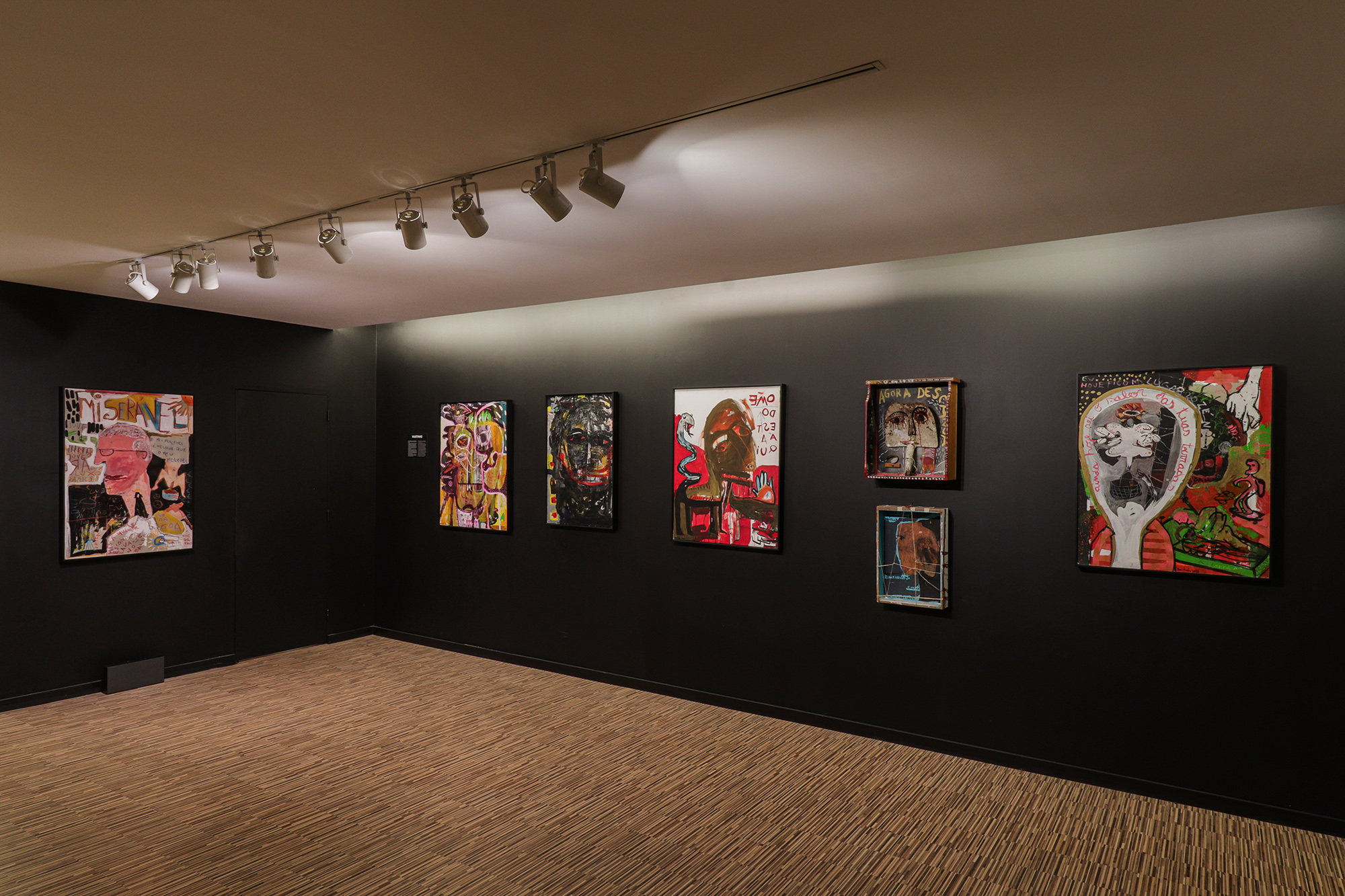
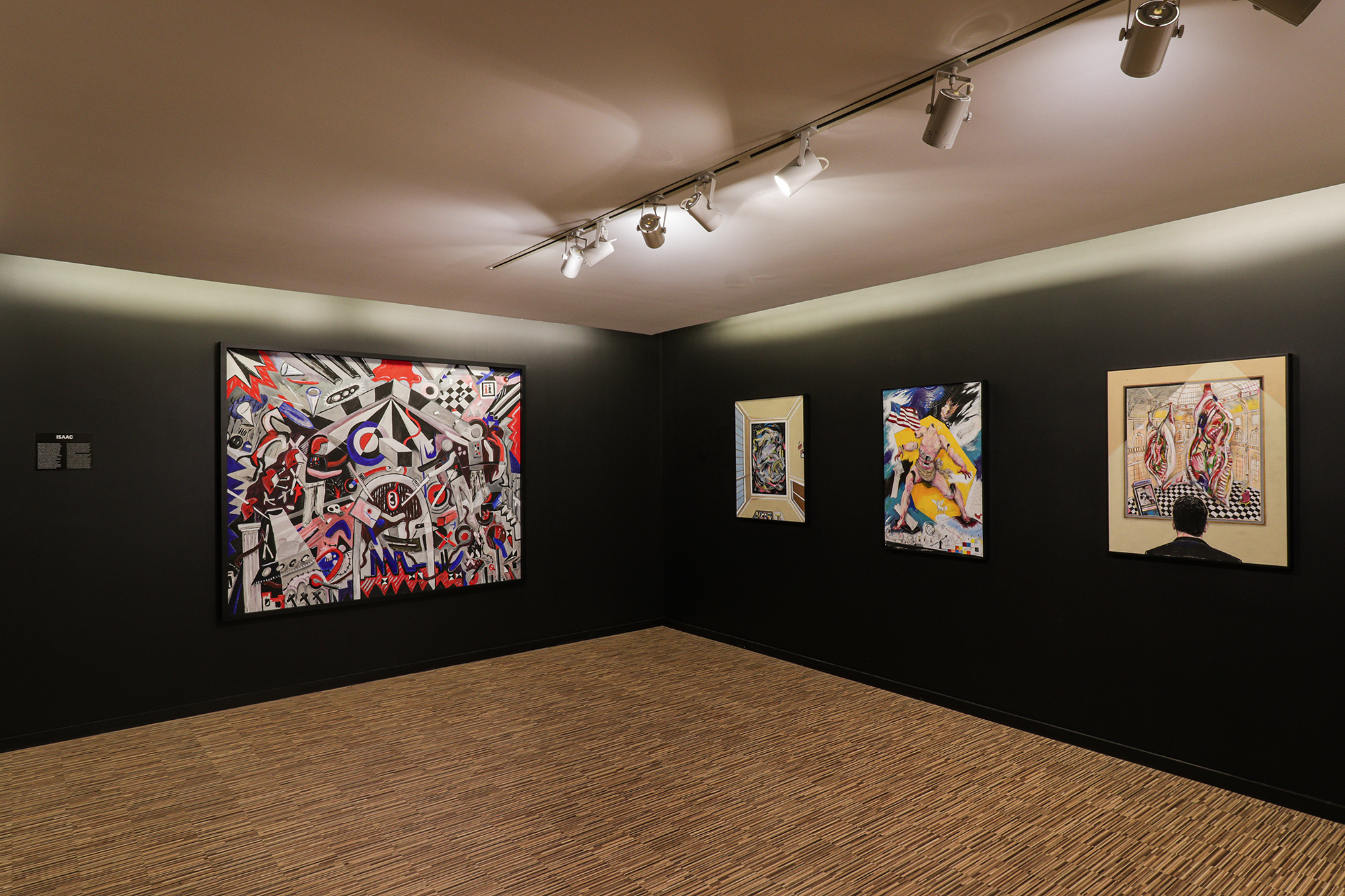
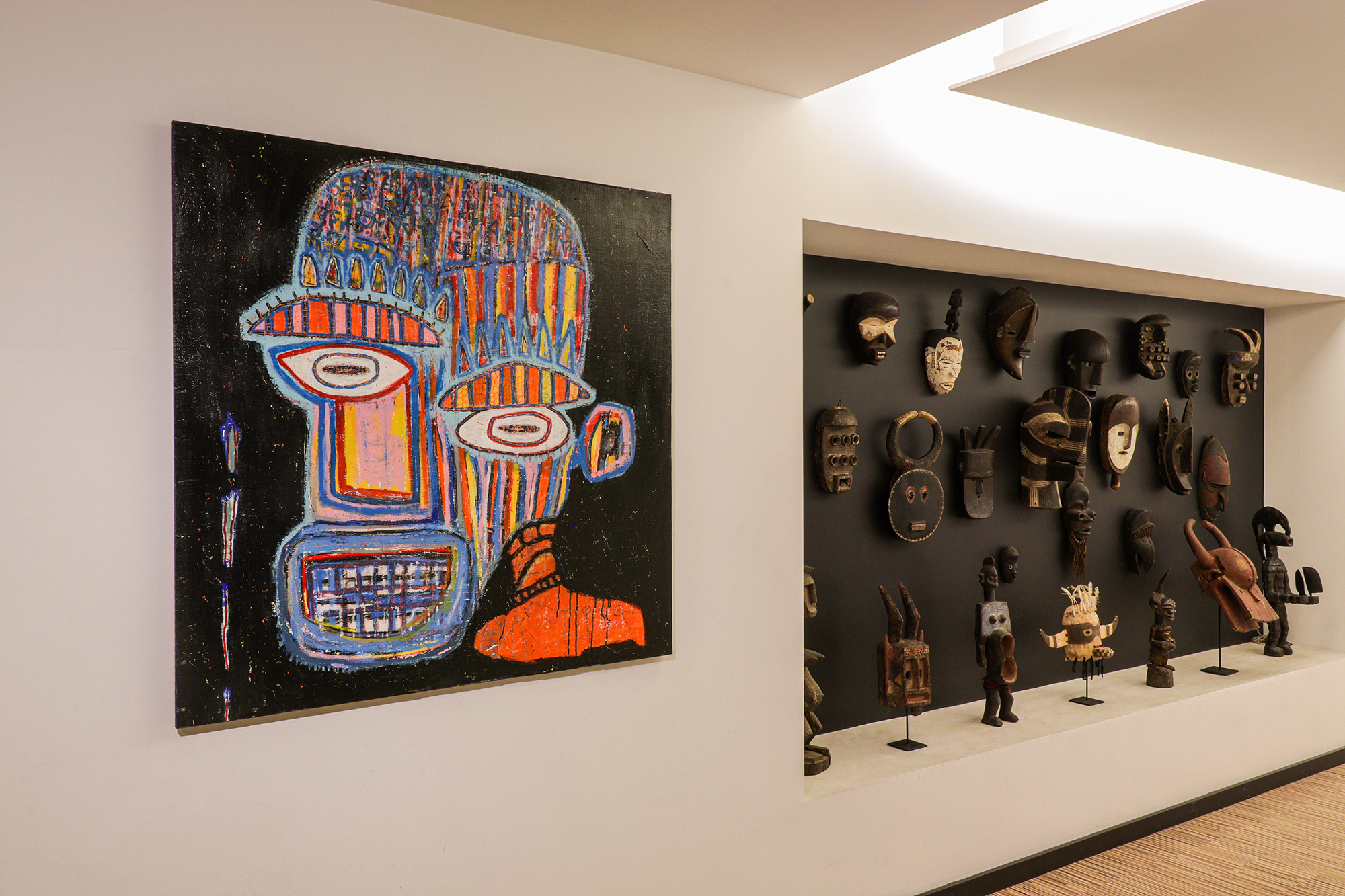

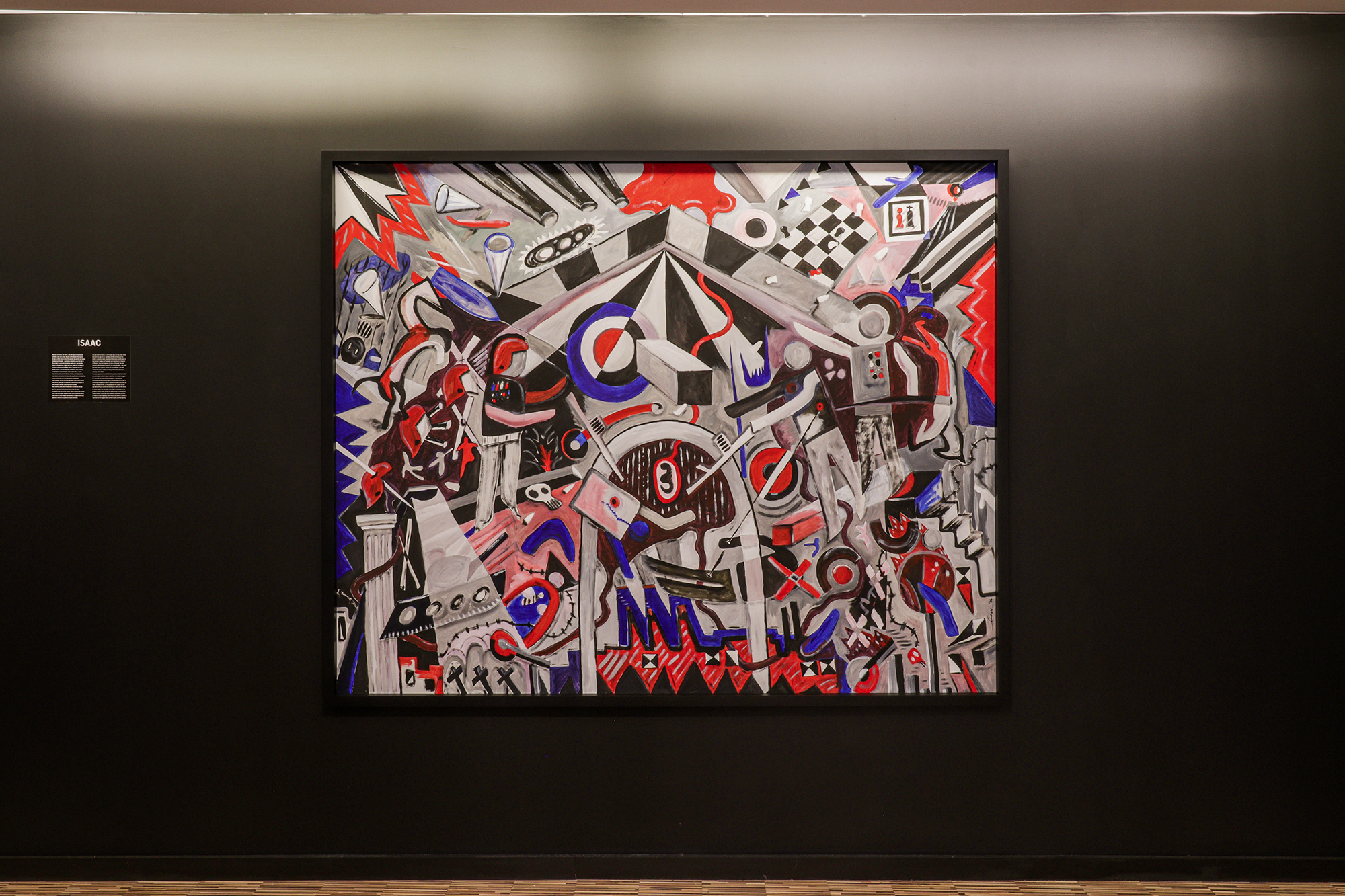
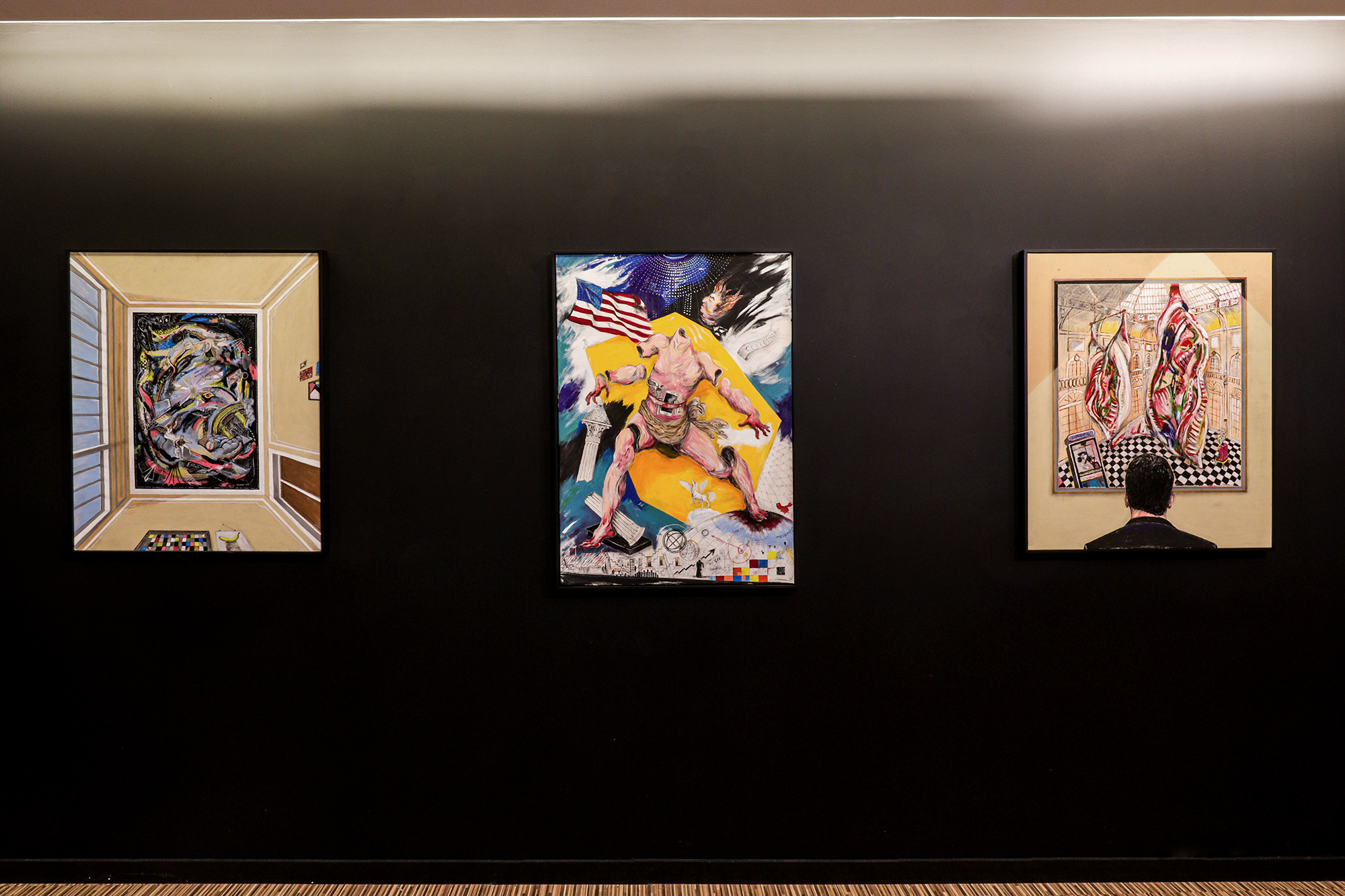
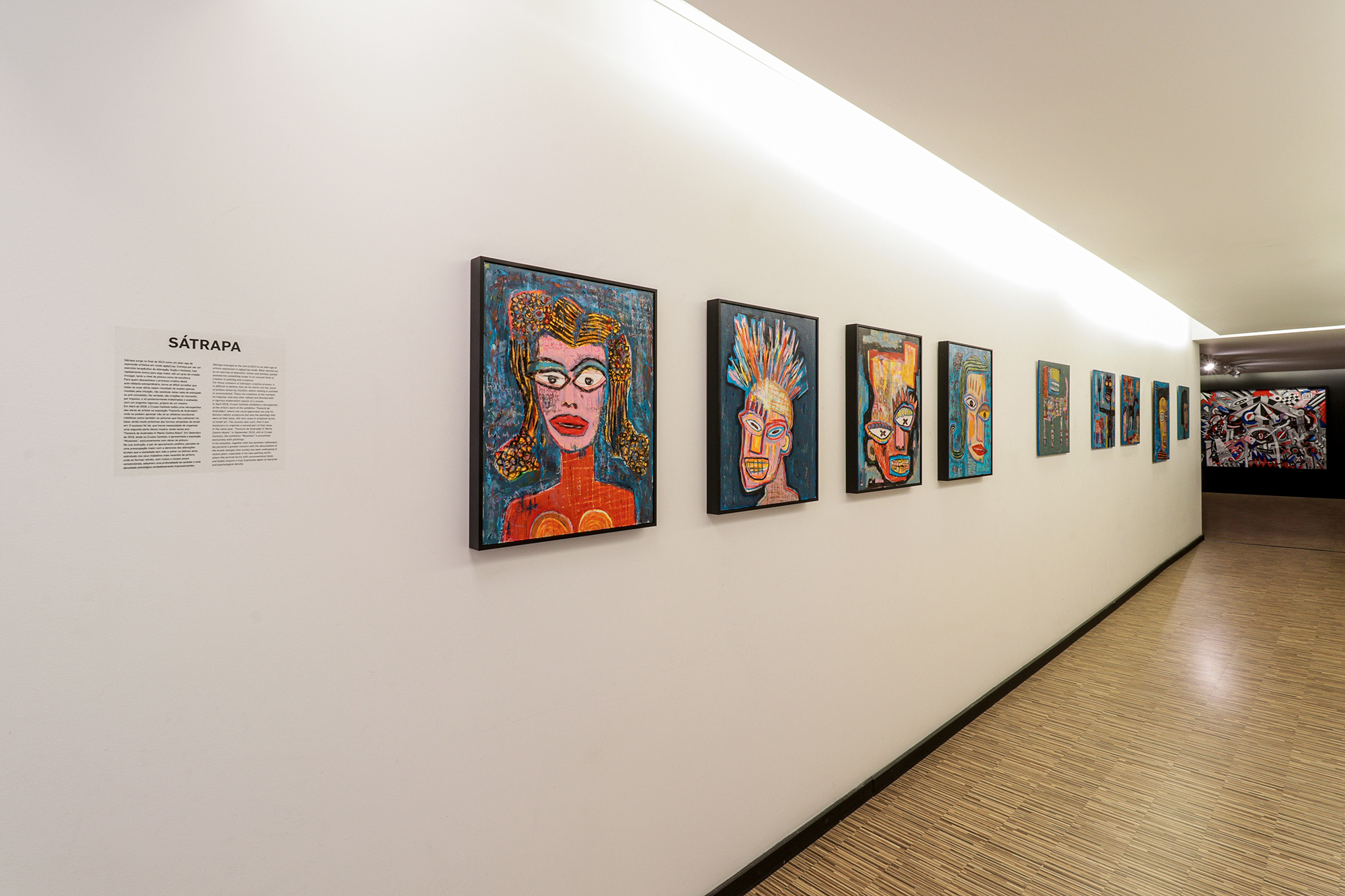
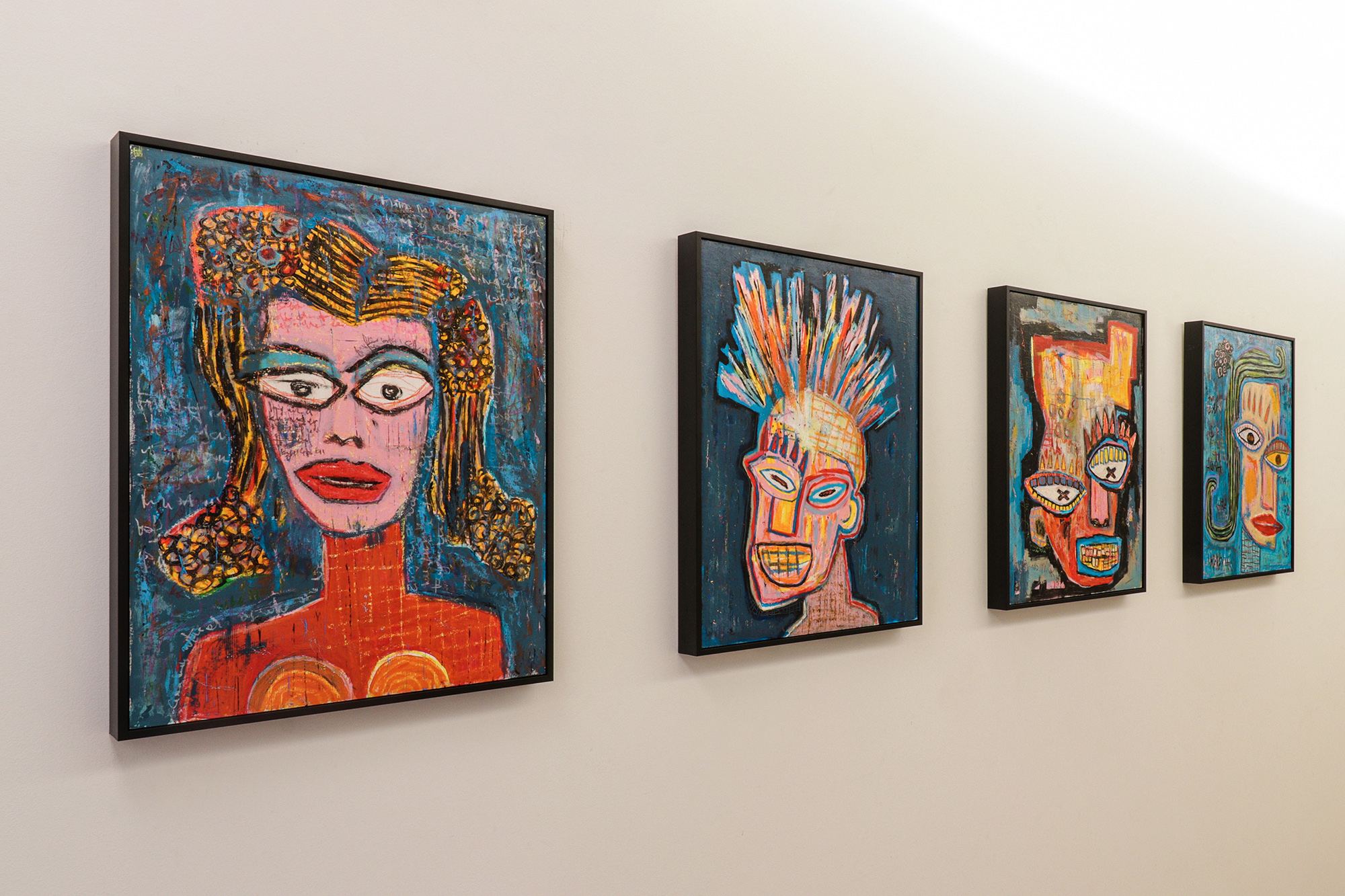
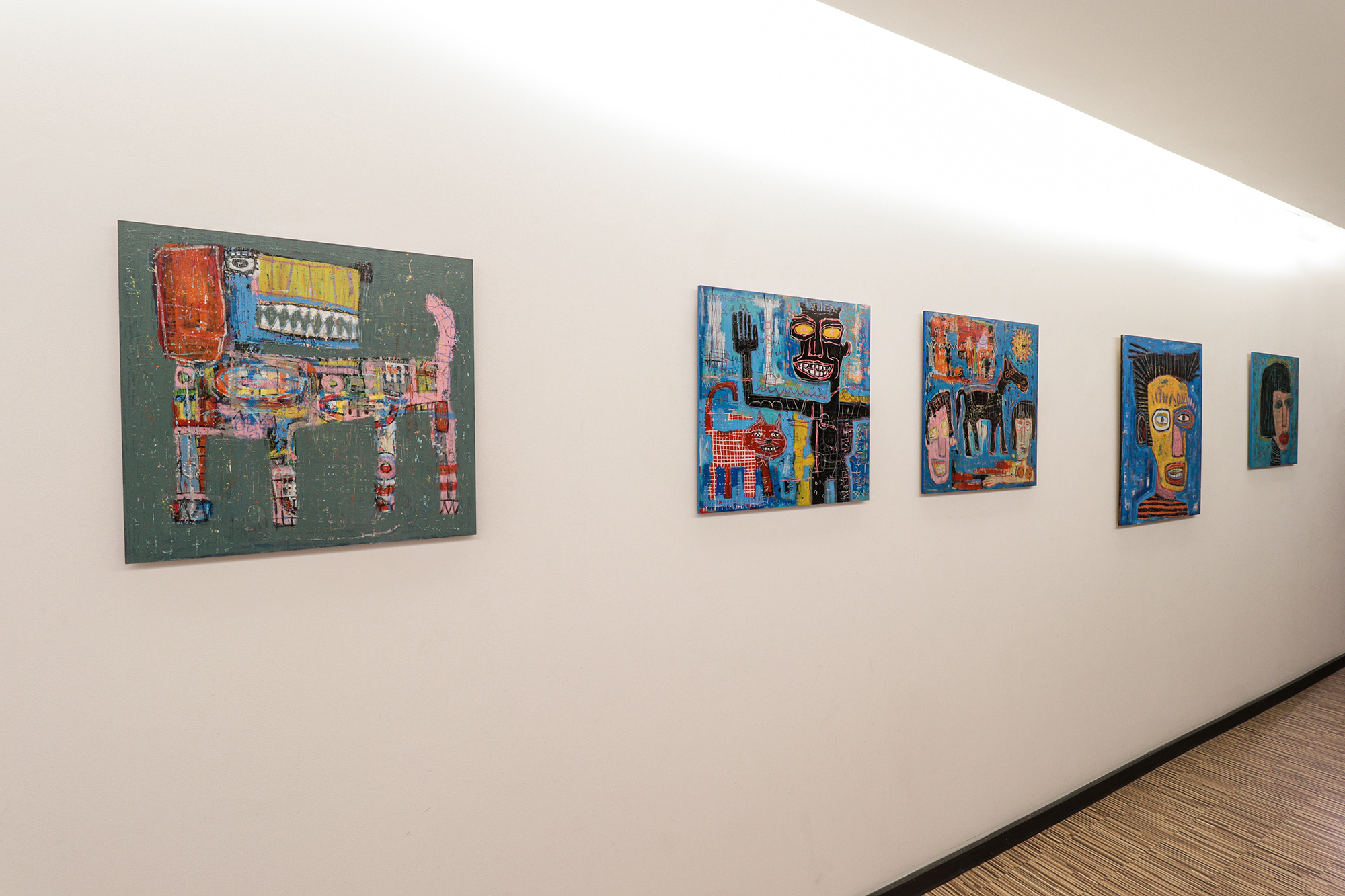
![Nº158, 2022, acrílico sobre madeira, 120x122cm - Ref CCSA22-015 [INDISPONÍVEL / UNAVAILABLE]](https://cruzescanhoto.com/wp-content/uploads/2022/07/158-120x122-200x200.jpg)
![Nº166, 2022, acrílico sobre cartão, 60x82cm - Ref CCSA22-019 [INDISPONÍVEL / UNAVAILABLE]](https://cruzescanhoto.com/wp-content/uploads/2022/07/166-60x82-200x200.jpg)
![Nº143, 2021, acrílico sobre madeira, 57x85cm - Ref CCSA22-007 [INDISPONÍVEL / UNAVAILABLE]](https://cruzescanhoto.com/wp-content/uploads/2022/07/143-57x85_WEB-200x200.jpg)
![Nº165, 2022, acrílico sobre madeira, 80x120cm - Ref CCSA22-018 [INDISPONÍVEL / UNAVAILABLE]](https://cruzescanhoto.com/wp-content/uploads/2022/07/165-80x120-200x200.jpg)
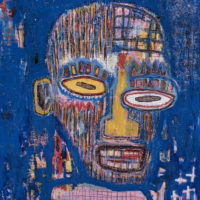
![Nº162, 2022, acrílico sobre madeira, 60x61cm - Ref CCSA22-006 [INDISPONÍVEL / UNAVAILABLE]](https://cruzescanhoto.com/wp-content/uploads/2022/07/162-60x61_WEB-200x200.jpg)
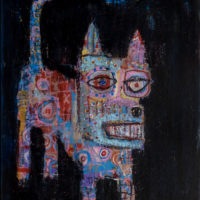
![Nº175, 2022-10, acrílico sobre madeira, 60x80cm - Ref CCSA22-025 [INDISPONÍVEL / UNAVAILABLE]](https://cruzescanhoto.com/wp-content/uploads/2022/12/175-CCSA22-025-200x200.jpg)
![Nº156, 2022, acrílico sobre madeira, 60x61cm - Ref CCSA22-014 [INDISPONÍVEL / UNAVAILABLE]](https://cruzescanhoto.com/wp-content/uploads/2022/07/156-60x61-200x200.jpg)
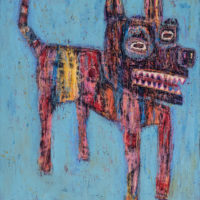
![Nº154, 2022, acrílico sobre cartão, 50x64cm - Ref CCSA22-010 [INDISPONÍVEL / UNAVAILABLE]](https://cruzescanhoto.com/wp-content/uploads/2022/07/154-64x50_WEB-200x200.jpg)
![Nº153, 2022, acrílico sobre cartão, 50x64cm - Ref CCSA22-009 [INDISPONÍVEL / UNAVAILABLE]](https://cruzescanhoto.com/wp-content/uploads/2022/07/153-64x50_WEB-200x200.jpg)
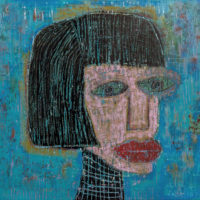
![Nº142, 2021, acrílico sobre madeira, 60x61cm - Ref CCSA22-005 [INDISPONÍVEL / UNAVAILABLE]](https://cruzescanhoto.com/wp-content/uploads/2022/07/142-60x61_WEB-200x200.jpg)
![Nº159, 2022, acrílico sobre madeira, 110x120cm - Ref CCSA22-016 [INDISPONÍVEL / UNAVAILABLE]](https://cruzescanhoto.com/wp-content/uploads/2022/07/159-110x120-200x200.jpg)
![Nº147, 2021, acrílico sobre cartão, 50x60cm - Ref CCSA22-008 [INDISPONÍVEL / UNAVAILABLE]](https://cruzescanhoto.com/wp-content/uploads/2022/07/147-60x50.jpg-WEB-200x200.jpg)
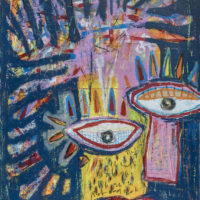
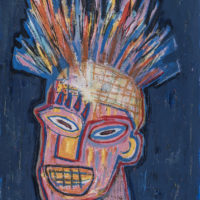
![Nº170, 2022, acrílico sobre cartão, 50x64cm - Ref CCSA22-023 [INDISPONÍVEL / UNAVAILABLE]](https://cruzescanhoto.com/wp-content/uploads/2022/07/170-64x50-200x200.jpg)
![Nº163, 2022, acrílico sobre madeira, 69x80cm - Ref CCSA22-002 [INDISPONÍVEL / UNAVAILABLE]](https://cruzescanhoto.com/wp-content/uploads/2022/07/163-69x80_WEB-200x200.jpg)


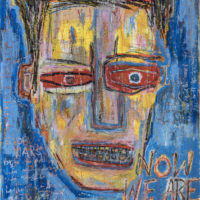
![Nº164, 2022, acrílico sobre madeira, 60x80cm - Ref CCSA22-017 [INDISPONÍVEL / UNAVAILABLE]](https://cruzescanhoto.com/wp-content/uploads/2022/07/164-60x80-200x200.jpg)

![Nº545 - Startling, 2021-09-30, objectos metálicos vários pintados, 24x32x15cm - Ref CCFA22-001 [INDISPONÍVEL/UNAVAILABLE]](https://cruzescanhoto.com/wp-content/uploads/2022/07/545_WEB-200x200.jpg)
![Nº572 - Classic Lata, 2021-12-06, objectos metálicos vários pintados, 17x24x12cm - Ref CCFA22-004 [INDISPONÍVEL/UNAVAILABLE]](https://cruzescanhoto.com/wp-content/uploads/2022/07/572_WEB-200x200.jpg)
![Nº571 - Classic Lata, 2021-12-03, objectos metálicos vários pintados, 20x31x14cm - Ref CCFA22-003 [INDISPONÍVEL/UNAVAILABLE]](https://cruzescanhoto.com/wp-content/uploads/2022/07/571_WEB-200x200.jpg)
![Nº573 - Classic Lata, 2021-12-04, objectos metálicos vários pintados, 17x27x12cm - Ref CCFA22-005 [INDISPONÍVEL/UNAVAILABLE]](https://cruzescanhoto.com/wp-content/uploads/2022/07/573_WEB-200x200.jpg)
![Nº568 - Classic Lata, 2021-12-02, objectos metálicos vários pintados, 17x31x12cm - Ref CCFA22-002 [INDISPONÍVEL/UNAVAILABLE]](https://cruzescanhoto.com/wp-content/uploads/2022/07/568_WEB-200x200.jpg)
![Nº583 Little Lata, 2022-10-02, objectos metálicos vários pintados, 13x16x8cm - Ref CCFA22-007 [INDISPONÍVEL / UNAVAILABLE]](https://cruzescanhoto.com/wp-content/uploads/2022/12/583-CCFA22-007-200x200.jpg)
![Nº587 Little Lata, 2022-10-04, objectos metálicos vários pintados, 13x19x8cm - Ref CCFA22-011 [INDISPONÍVEL / UNAVAILABLE]](https://cruzescanhoto.com/wp-content/uploads/2022/12/587-CCFA22-011-200x200.jpg)
![Nº582 Little Lata, 2022-10-02, objectos metálicos vários pintados, 13x18x8cm - Ref CCFA22-006 [INDISPONÍVEL / UNAVAILABLE]](https://cruzescanhoto.com/wp-content/uploads/2022/12/582-CCFA22-006-200x200.jpg)
![Nº584 Little Lata, 2022-10-03, objectos metálicos vários pintados, 13x16x8cm - Ref CCFA22-008 [INDISPONÍVEL / UNAVAILABLE]](https://cruzescanhoto.com/wp-content/uploads/2022/12/584-CCFA22-008-200x200.jpg)
![Nº586 Little Lata, 2022-10-03, objectos metálicos vários pintados, 13x18x8cm - Ref CCFA22-010 [INDISPONÍVEL / UNAVAILABLE]](https://cruzescanhoto.com/wp-content/uploads/2022/12/586-CCFA22-010-200x200.jpg)
![Sem título, 2019, acrílico sobre tela, 100x81cm – Ref CCID21P004 [INDISPONÍVEL / UNAVAILABLE]](https://cruzescanhoto.com/wp-content/uploads/2021/09/IDALECIO_2_WEB-200x200.jpg)
![A Santa Grafitada, 2017, acrílico e spray sobre tela, 100x81cm – Ref CC17-480 [INDISPONÍVEL / UNAVAILABLE]](https://cruzescanhoto.com/wp-content/uploads/2017/09/Ida-Pintura-19-200x200.jpg)
![Galo Bêbado, Idalécio, 2016, Águeda-Aveiro, acrílico sobre cartolina, 30x42cm – CCID20-096 [INDISPONÍVEL / UNAVAILABLE]](https://cruzescanhoto.com/wp-content/uploads/2020/12/idalecio13_WEB-200x200.jpg)
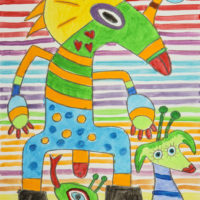
![Santa Bárbara, 2017-08-09, Acrílico sobre cartolina, 30x42cm – CCID20-095 [INDISPONÍVEL/UNAVAILABLE]](https://cruzescanhoto.com/wp-content/uploads/2020/12/idalecio14_WEB-200x200.jpg)
!["Robot de Duas Cabeças", 2019, Madeira pintada, outros, 38x45x12cm – CCID21E003 [INDISPONÍVEL / UNAVAILABLE]](https://cruzescanhoto.com/wp-content/uploads/2021/01/1-200x200.jpg)
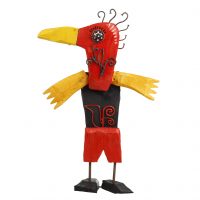
!["Kozo do Manómetro", Idalécio, 2021, madeira pintada, objectos diversos, 55x28x21cm – Ref CCID22-003 [INDISPONÍVEL / UNAVAILABLE]](https://cruzescanhoto.com/wp-content/uploads/2022/04/4-200x200.jpg)
!["Di Ábo Is Quezito", Idalécio, 2022, madeira pintada, objectos diversos, 39x52x12cm – Ref CCID22-002 [INDISPONÍVEL / UNAVAILABLE]](https://cruzescanhoto.com/wp-content/uploads/2022/04/2-200x200.jpg)
!["Sandálias do Pecadôr", Idalécio, 2021, madeira pintada, objectos diversos, 50x110x20cm – Ref CCID22-001 [INDISPONÍVEL / UNAVAILABLE]](https://cruzescanhoto.com/wp-content/uploads/2022/04/1-200x200.jpg)
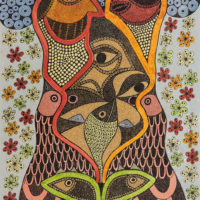
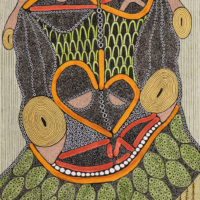
![Sem título, 2022, artpen e tinta de vitral sobre papel, 30x42cm – Ref CCJF22-003 [INDISPONÍVEL / UNAVAILABLE]](https://cruzescanhoto.com/wp-content/uploads/2022/12/CCJF22003-200x200.jpg)
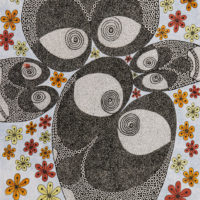
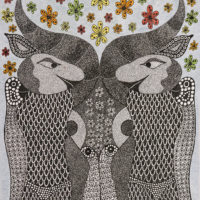
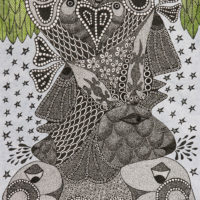
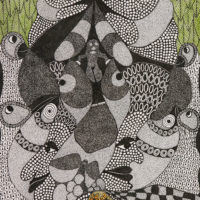
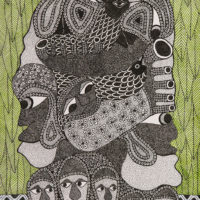
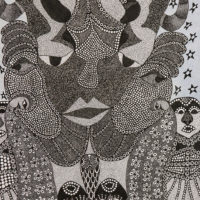
![Sem título, 2021, artpen e tinta de vitral sobre papel, 30x42cm – Ref CCJF21-007 [INDISPONÍVEL / UNAVAILABLE]](https://cruzescanhoto.com/wp-content/uploads/2021/03/frois4_WEB-200x200.jpg)
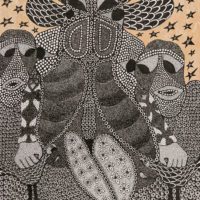

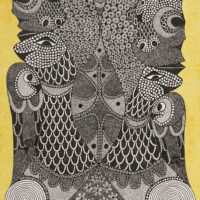
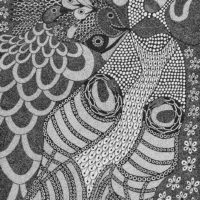
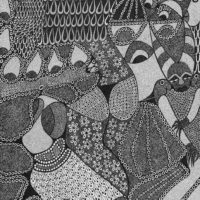
![Sem título, 2022, artpen sobre papel, 21x30cm – Ref CCJF22-020 [INDISPONÍVEL / UNAVAILABLE]](https://cruzescanhoto.com/wp-content/uploads/2022/12/CCJF22020-200x200.jpg)
![Sem título, 2020, artpen e tinta de vitral sobre papel, 21x30cm – Ref CCJF22-016 [INDISPONÍVEL / UNAVAILABLE]](https://cruzescanhoto.com/wp-content/uploads/2022/12/CCJF22016-200x200.jpg)
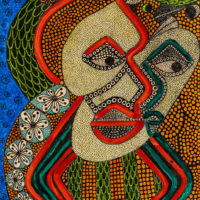
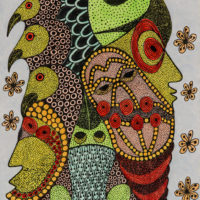
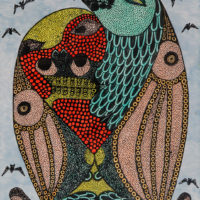
![Sem título, 2018, acrílico sobre assemblage de objectos vários e instalação eléctrica sobre caixa, 30x32x11cm – Ref CCMT20-030 [COLECÇÃO CRUZES CANHOTO]](https://cruzescanhoto.com/wp-content/uploads/2020/08/1-3-200x200.jpg)
![Sem título, 2018, acrílico sobre assemblage de objectos vários em caixa, 52x81x23cm – Ref CCMT20-024 [INDISPONÍVEL / UNAVAILABLE]](https://cruzescanhoto.com/wp-content/uploads/2022/03/CCMT20-024-Caixa-200x200.jpg)
![Sem título, 2020, acrílico sobre assemblage de objectos vários em gaveta de madeira, 45x52x15cm – Ref CCMT20-031 [INDISPONÍVEL / UNAVAILABLE]](https://cruzescanhoto.com/wp-content/uploads/2020/09/1-200x200.jpg)
![Sem título, 2019, acrílico sobre assemblage de objectos vários em caixa, 36x52x9cm – Ref CCMT20-028 [INDISPONÍVEL / UNAVAILABLE]](https://cruzescanhoto.com/wp-content/uploads/2020/03/5-200x200.jpg)
![Sem título, 2018, acrílico sobre assemblage de objectos vários em gaveta de madeira, 32x48x13cm – Ref CCMT20-032 [INDISPONÍVEL / UNAVAILABLE]](https://cruzescanhoto.com/wp-content/uploads/2020/09/2-1-200x200.jpg)
![Sem título, 2021, Técnica mista sobre papel, 97x65cm - Ref CCMT22-003 [INDISPONÍVEL / UNAVAILABLE]](https://cruzescanhoto.com/wp-content/uploads/2022/03/MARTINHO_4_WEB-200x200.jpg)
![Sem título, 2022, Acrílico sobre tela, 75x95cm – Ref CCMT22-004 [INDISPONÍVEL / UNAVAILABLE]](https://cruzescanhoto.com/wp-content/uploads/2022/03/MARTINHO_1_WEB-200x200.jpg)
![Sem título, 2019, acrílico sobre poster, 68x96cm – Ref CCMT20-023 [INDISPONÍVEL / UNAVAILABLE]](https://cruzescanhoto.com/wp-content/uploads/2022/10/MARTINHO_1_WEB-200x200.jpg)
![Sem título, 2021, Técnica mista sobre cartão, 75x90cm – Ref CCMT22-001 [INDISPONÍVEL / UNAVAILABLE]](https://cruzescanhoto.com/wp-content/uploads/2022/03/MARTINHO_3_WEB-200x200.jpg)
![Sem título, 2021, Técnica mista sobre cartão, 75x90cm – Ref CCMT22-002 [INDISPONÍVEL / UNAVAILABLE]](https://cruzescanhoto.com/wp-content/uploads/2022/03/MARTINHO_2_WEB-200x200.jpg)
![Sem título, 2019, técnica mista sobre cartão, 75x105cm – Ref CCMT20-008 [INDISPONÍVEL / UNAVAILABLE]](https://cruzescanhoto.com/wp-content/uploads/2020/03/martinho9-1-200x200.jpg)
![Sem título, 2020, Acrílico sobre tela, 75x90cm – Ref CCMT21-001 [INDISPONÍVEL / UNAVAILABLE]](https://cruzescanhoto.com/wp-content/uploads/2022/08/MARTINHO_2_WEB-200x200.jpg)
!["Sem título", 2017, acrílico sobre tela, 100x80cm – Ref CCMT20-004 [COLECÇÃO CRUZES CANHOTO]](https://cruzescanhoto.com/wp-content/uploads/2020/03/martinho12-200x200.jpg)
![Sem título, 2014, técnica mista sobre tela, 60x90cm – Ref CCMT20-006 [INDISPONÍVEL / UNAVAILABLE]](https://cruzescanhoto.com/wp-content/uploads/2020/03/martinho14-200x200.jpg)
![Carnificina dos Animais, 2021, canetas e acrílico sobre tela, 70x100cm – Ref CCIS21-001 [INDISPONÍVEL / UNAVAILABLE]](https://cruzescanhoto.com/wp-content/uploads/2022/01/ISAAC_3_WEB-200x200.jpg)
![Feel the Pressure, 2021, canetas e acrílico sobre tela, 50x70cm – Ref CCIS21-002 [INDISPONÍVEL / UNAVAILABLE]](https://cruzescanhoto.com/wp-content/uploads/2022/01/ISAAC_4_WEB-200x200.jpg)
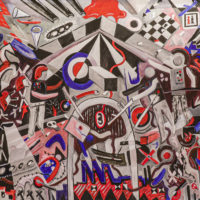
![Everything Is Oil, 2022, caneta sobre cartolina, 70x100cm – Ref CCIS22-001 [INDISPONÍVEL / UNAVAILABLE]](https://cruzescanhoto.com/wp-content/uploads/2022/06/ISAAC-010-WEB-200x200.jpg)
![At the Heart of It All, 2021, caneta sobre cartolina, 70x100cm – Ref CCIS21-007 [INDISPONÍVEL / UNAVAILABLE]](https://cruzescanhoto.com/wp-content/uploads/2022/03/ISAAC_5_WEB-2-200x200.jpg)
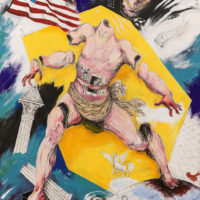
![Pessoas a Desfrutar da Vida, 2021, canetas, acrílico e guache sobre tela, 80x100cm – Ref CCIS21-004 [INDISPONÍVEL / UNAVAILABLE]](https://cruzescanhoto.com/wp-content/uploads/2022/01/ISAAC_2_WEB-200x200.jpg)
![A Olhar para o Tecto, 2021, caneta e guache sobre cartão, 75x90cm – Ref CCIS21-006 [INDISPONÍVEL / UNAVAILABLE]](https://cruzescanhoto.com/wp-content/uploads/2022/03/ISAAC_3_WEB-200x200.jpg)
![O Problema da Carne, 2022, técnica mista sobre cartão, 75x90cm – Ref CCIS22-003 [INDISPONÍVEL / UNAVAILABLE]](https://cruzescanhoto.com/wp-content/uploads/2022/10/ISAAC_1_WEB-200x200.jpg)
![Estética do Caos II, 2021, caneta e guache sobre cartão, 30x42cm – Ref CCIS21-009 [INDISPONÍVEL / UNAVAILABLE]](https://cruzescanhoto.com/wp-content/uploads/2022/03/ISAAC_2_WEB-200x200.jpg)
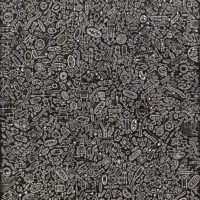
![Sem título, 2021, caneta sobre tela, 100x40cm – Ref CCMP22-001 [INDISPONÍVEL/UNAVAILABLE]](https://cruzescanhoto.com/wp-content/uploads/2021/11/PIPA_31_WEB-200x200.jpg)
![Sem título, 2020, caneta sobre tela, 30x40cm – Ref CCMP21-026 [INDISPONÍVEL / UNAVAILABLE]](https://cruzescanhoto.com/wp-content/uploads/2021/09/8_WEB-200x200.jpg)

![Sem título, 2020, caneta sobre tela, 80x80cm – Ref CCMP21-007 [COLECÇÃO CRUZES CANHOTO]](https://cruzescanhoto.com/wp-content/uploads/2021/07/2_WEB-200x200.jpg)
![Sem título, 2019, caneta sobre papel de parede, 29x21cm – Ref CCMP21-022 [INDISPONÍVEL / UNAVAILABLE]](https://cruzescanhoto.com/wp-content/uploads/2021/09/7_WEB-200x200.jpg)
![Sem título, 2020, caneta sobre tela, 30x40cm – Ref CCMP21-027 [INDISPONÍVEL / UNAVAILABLE]](https://cruzescanhoto.com/wp-content/uploads/2021/09/1_WEB-200x200.jpg)
![Sem título, 2020, caneta Bic sobre papel, 49x49cm – Ref CCMP21-020 [COLECÇÃO CRUZES CANHOTO]](https://cruzescanhoto.com/wp-content/uploads/2021/09/3_WEB-200x200.jpg)
![Sem título, 2020, caneta sobre tampo de mesa de madeira, 60x60x3cm – Ref CCMP21-030 [INDISPONÍVEL / UNAVAILABLE]](https://cruzescanhoto.com/wp-content/uploads/2021/09/4_WEB-200x200.jpg)
![Sem título, 2020, caneta sobre tela, 60x110cm – Ref CCMP21-006 [INDISPONÍVEL / UNAVAILABLE]](https://cruzescanhoto.com/wp-content/uploads/2021/07/6_WEB-200x200.jpg)
!["Ucrânia I", EME, Porto, 2022, objectos vários, tintas, cola branca, sobre K-line, 20x20cm – Ref CCB22-016 [INDISPONÍVEL / UNAVAILABLE]](https://cruzescanhoto.com/wp-content/uploads/2022/06/EME-1-WEB-1-200x200.jpg)
!["Ucrânia II", EME, Porto, 2022, objectos vários, tintas, cola branca, sobre K-line, 20x20cm – Ref CCB22-017 [INDISPONÍVEL / UNAVAILABLE]](https://cruzescanhoto.com/wp-content/uploads/2022/06/EME-2-WEB-1-200x200.jpg)
!["Ucrânia III", EME, Porto, 2022, objectos vários, tintas, cola branca, sobre K-line, 20x20cm – Ref CCB22-018 [INDISPONÍVEL / UNAVAILABLE]](https://cruzescanhoto.com/wp-content/uploads/2022/06/EME-3-WEB-1-200x200.jpg)
!["Seres das Profundezas II", EME, Porto, 2022, objectos vários, tintas, cola branca, sobre K-line, 40x40cm – Ref CCB22-020 [INDISPONÍVEL / UNAVAILABLE]](https://cruzescanhoto.com/wp-content/uploads/2022/07/EME_2_WEB-200x200.jpg)
!["Seres das Profundezas I", EME, Porto, 2022, objectos vários, tintas, cola branca, sobre K-line, 40x40cm – Ref CCB22-019 [INDISPONÍVEL / UNAVAILABLE]](https://cruzescanhoto.com/wp-content/uploads/2022/07/EME_1_WEB-200x200.jpg)